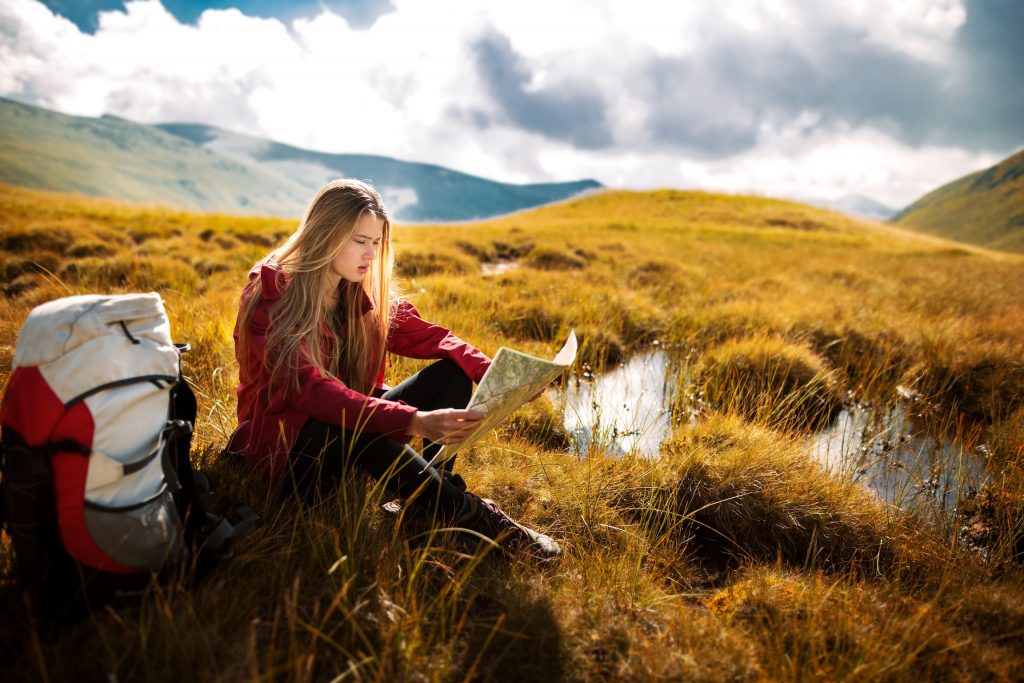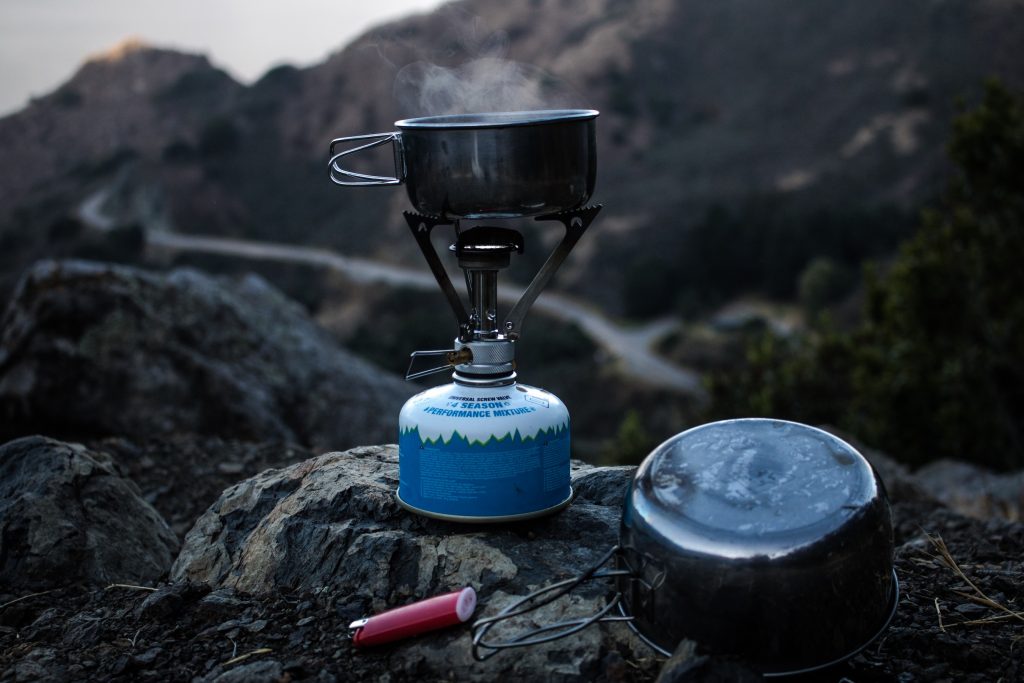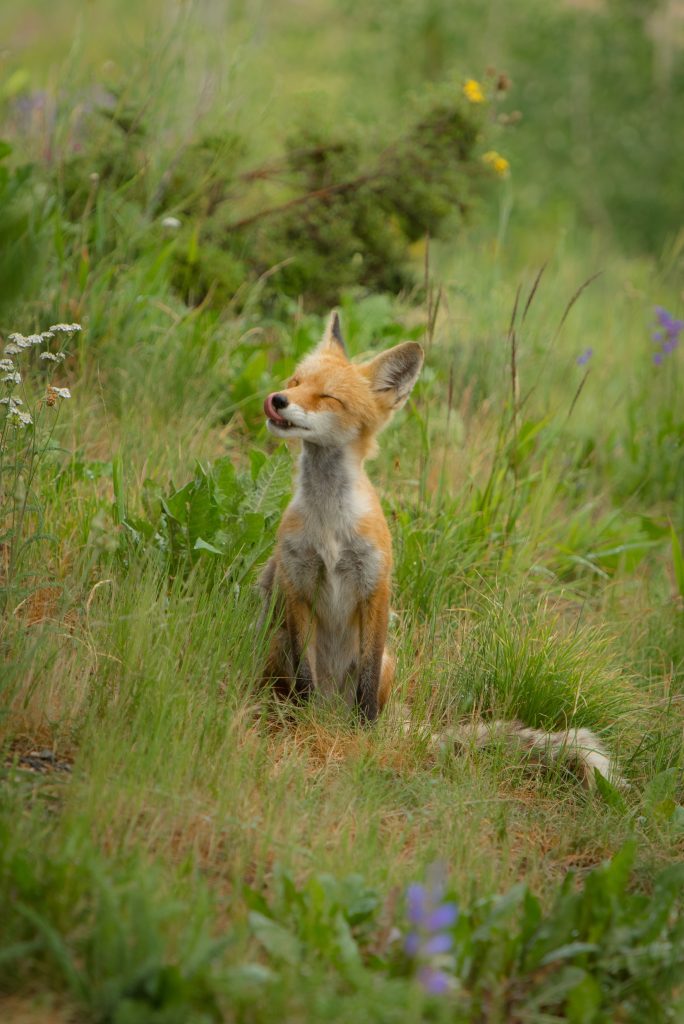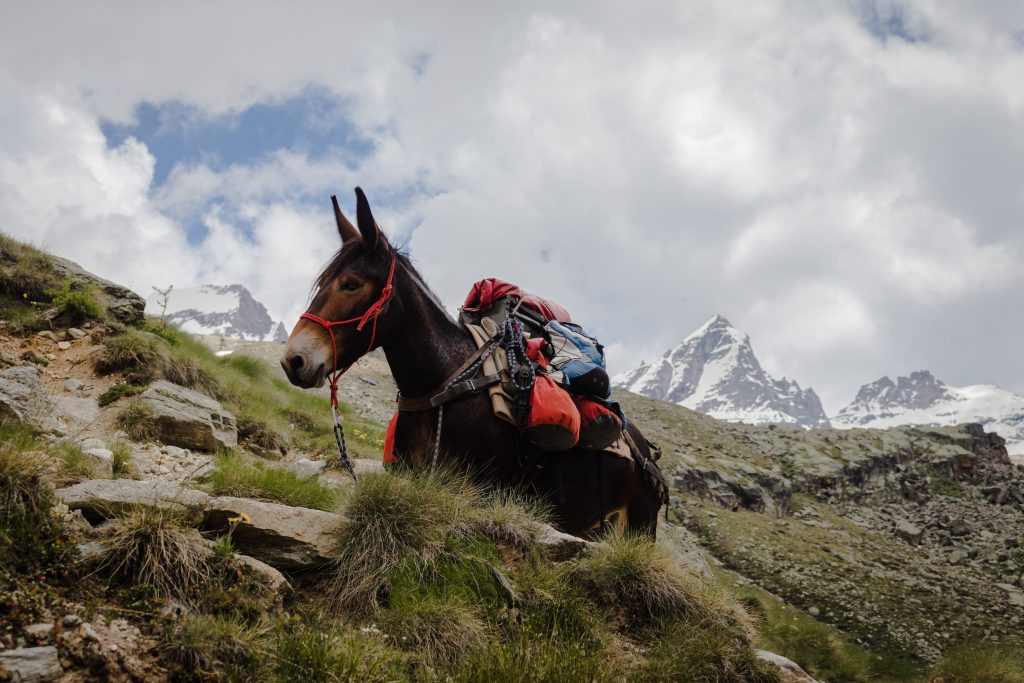If you’ve been hiking, camping, backpacking, or climbing for a while now, then you’ve most likely heard of the Leave No Trace 7 Principles.
Think of these 7 Principles as guidelines to help you and your friends minimize your impact on wild spaces when you're out on your weekly hikes.
With outdoor sports like hiking, climbing, and backpacking becoming increasingly popular every year, it’s more important than ever to be mindful of how we’re affecting outdoor spaces.
Alright, now let’s jump right into the 7 Leave No Trace Principles.

The following Leave No Trace 7 Principles are directly shared from lnt.org. No copyright is intended. Check out their site for a more in-depth explanation of the 7 Principles.
1. Plan Ahead & Prepare
Before you head out on your trip, be smart and plan ahead! This can include things like calling the ranger station to ask if the creek is still flowing so you can confirm that you’ll have water or if there’s still snow on the trail.
Other ways you can be prepared:
- Check the weather.
- Bring the 10 Essentials.
- Consider dividing larger groups into smaller groups to minimize your impact on trails and camp areas .
- Be prepared for extreme weather & emergencies
- Plan your route. Use a map + compass or GPS unit to stay on trail to avoid creating social trails or rock cairns.
- Use a checklist when you pack.
- Repackage your food to reduce the amount of trash you are bringing into the wilderness.
- Know the regulations and conditions of the area you are visiting like fire regulations, snow conditions, and water availability.

There is no such thing as collecting too much information before heading out on an outdoor adventure.
2. Travel and Camp On Durable Surfaces
- Walk On-Trail– I know, I know: shortcuts are so tempting! But walking off-trail hurts the microsoil and vegetation, which is an integral part of the ecosystem.
- Hike Single File– Let’s do our best to stay on the trail and not make a single track into a double track.
- Camp On Established Camp Areas– Keep in mind, good campsites are found, not made. Scout out areas that look like they’ve had a tent already placed there before. Typically, this looks like a flat area that has been cleared of rocks, branches, and other things that will potentially poke your back while you’re trying to sleep.
So Where Do I Set Up My Tent?

Look for a spot that is Resilient and Resistant and at least 200 feet away from any lake, stream, or river.
Surfaces that are great for camping on include:
- hard soil
- rock
- snow
- gravel
- dry grass
- built platform
If you’re on a multi-day hike in the backcountry, relocate your camp every night to minimize your impact.
3. Dispose of Waste Properly
Human Waste
So what do you do when you really have to go number two out in the wilderness?

It's crucial that we properly dispose of our waste in order to:
- reduce the potential for spreading diseases
- maximize the potential for waste to breakdown at a faster rate
- avoid contaminating our water sources
If duty calls when out in the wild, grab your trowel and march on!
- Be sure to take at least 80 steps (200 feet) away from camp, the nearest water source, and the trail.
- Scout an area of soft ground with dark soil that will get maximum sunlight. The light from the sun will help increase the speed of breaking down your waste.
- Use your trowel to dig a cathole 6 to 8 inches deep and about 4-6 inches wide. Unless you are in the desert, then dig your hole to be about 4-6 inches deep.
- Do your business in the cathole.
- Cover up said business by refilling your cathole with dirt.
- Place your used toilet paper in a sealed bag to pack out.
- Disguise your cathole with rocks, twigs, or whatever natural materials are around.
- Sanitize your hands and pat yourself on the back for pooping outdoors responsibly.
- Avoid digging catholes in areas where water flows, like a creek or a wash, even if it's currently dry. It's important that we do our best to keep our water sources clean.
- If you're camping in the same spot for a few nights, disperse your catholes over a large area. You don't want to go to the same spot twice.
Important to note, sometime catholes don't work. In these cases, a wag bag is needed.
Trash
- If you pack it in, then you should also pack it out. This includes coffee grinds, nut and seed shells, citrus and banana peels.
- Be a defender of Mother Nature's beauty + wellbeing and be sure to do a micro trash check before leaving your campsite.
- Bring an #adventurebag to pack out any and all trash you find on the trail.
Dirty Water
- Dispose of dishwater at least 200 feet from any water source.
- Disperse the water over a large area to avoid contaminating a single area with a concentrated amount of soap + bacteria. Bonus points for dramatic dance moves and singing.
Soap
- Do not use soap in any water source, even if it's biodegradable!
- Wilderness soap is usually highly concentrated, so a little goes a long way.
- For cleaning dishes, use the power of hot water and some elbow grease to remove stubborn bits of food before resorting to soap.
- For "bathing", carry a pot of water at least 200 feet from any water source.
- Before swimming in areas with limited amounts of clean water, consider your impacts. Chemicals from bug repellent, sunscreen, lotions and balms, and natural oils from your body can contaminate these precious water sources.
4. Leave What You Find
Essentially, we want to leave wild spaces how we found them to respect wildlife and allow others the opportunity to see the natural beauty of the wild.
Please do not:
- carve your initials into trees
- pick flowers
- pick up and/or take home rocks, petrified wood, antlers, etc.
- dig trenches for tents
- dismantle a legally constructed fire ring
- build new fire rings
- touch cultural or historical artifacts
- introduce non-native species

If you see a cool rock or beautiful flower that you want to remember, bust out your phone and take a picture. Or if you're really feeling creative, draw a picture of it.
5. Minimize Campfire Impacts
A wise bear once said, "Only you can prevent forest fires."
Using a backpacking stove to cook food is not only a more convenient method of preparing meals compared to building a fire, but it leaves significantly less impact on our public lands.
Not to mention, it's legal and permitted just about everywhere, whereas building a campfire is restricted in many areas.
Be sure to check with the local rangers or land managers for current fire rules and regulations.
Stove Safety
- Know how to use your stove properly by reading all directions and safety precautions before using it in the wilderness.
- Only use approved fuels for camping and backpacking stoves.
Campfire Safety
- Keep fires small.
- Never leave a fire alone and unattended.
- Supervise youth when tending to fires.
- Be sure that all fires are completely extinguished before going to sleep.
- Check with the rangers to see if campfires are permitted in the area you are visiting. If so, only use established fire rings, fire pans, or mound fires.

Collecting Firewood
- Collect broken off and dead branches from the ground. They burn easier and don't disturb the natural appearance of the landscape (compared to breaking branches off of fallen trees).
- Collect branches that are similar in diameter to the size of an adult wrist.
- Never break branches off of standing trees, regardless if they're dead or alive. They're homes to many animals + insects and play an essential role in the ecosystem by replacing nutrients and water back into the soil through decomposition.
- If purchasing firewood, buy it locally instead of bringing it from your hometown.
- Burn all firewood to white ashes and soak the ashes with water.
- Have leftover firewood? Scatter it around a large area to keep it looking natural.
- Pack out any and all campfire trash. Plastic and foil should never be burned in a fire.
For a more detailed guide to building fires in the backcountry, check out LNT's guide here.
6. Respect Wildlife
Remember friends, we are visitors in their homes.

So be sure to show respect by:
- Observing wildlife and plants from a distance. Don't touch, pick up, follow, or feed wild critters.
- Animals may bite, scratch, or try attacking you. It's possible they may be carrying harmful diseases like rabies.
- Young animals that have been touched by humans are at risk of being abandoned by their mothers since their scent will be altered.
- Minimize loud noises, quick movements, and large group sizes to avoid startling and intimidating our animal friends.
- The only time when this doesn't apply is in bear country. Making noises to ward off bears is encouraged in this scenario.
- Give wildlife plenty of space to do their thing.
- Make sure your camp is at least 200 feet away from any water source so wildlife is free to access their drinking water.
- Don't feed wildlife.
- I know they can be insanely cute but please do not feed them. Animals can become dependent on human food resulting in insufficient survival skills and shorter lives.
-
Never feed a bear:
- Bears may become extremely aggressive after tasting human food.
- So much so, that bears that have had human food are usually euthanized because they become highly dangerous to humans.
- If caught feeding a bear, you'll get a steep citation- some National Parks have hefty fees of $5,000.
- Securely store your food and trash so the critters can't get to them.
7. Be Considerate of Other Visitors.
Often times, most people trek into the wilderness to connect with nature and find a form of solitude. Visiting popular outdoor destinations during off seasons and avoiding trips during long weekends + holidays can increase your chances of feeling secluded in the wilderness.

General Rules Of The Trail
- Downhill hikers step off to the side and yield to uphill hikers.
- Hikers yield to equestrians.
- Mountain bikers yield to equestrians and hikers.
- If you're mountain biking, be courteous by announcing your presence.
- Horses are easily startled, so be sure to speak to equestrians with a soft voice.
Be An Awesome Trail Visitor By:
- Using headphones to enjoy your music.
- Maintaining control of your pets.
- Check with the wilderness area you are visiting to know if pets are allowed and if they are required to be on leash.
- Enjoy your rest breaks on durable surfaces off the main trail.
- Try to scout out campsites that are screened by trees and rocks so they're out of view from the trail.
- Favor earth-toned tents to minimize the visual effect of an area being crowded.
- Embracing the Leave No Trace 7 Principles.
Ultimately, the better we can adventure in alignment with the Leave No Trace 7 Principles, the better we can minimize our impacts and protect our precious outdoor spaces.
This blog post was originally published here.
Brianna is the founder of the outdoor adventure and sustainability blog, Dare To Be A Wildflower. She’s a hiker, backpacker, rock climber, gear nerd, and single-use plastic rebel. She’s committed to teaching people how to live life with more adventures and less plastic. To catch her live adventures, check out her instagram stories at @daretobeawildflower.
Want to remember the Leave No Trace Principles 7 Principles? Pin this to your favorite outdoor board!




Awesome info!!!!
I’m interested in hosting a talk with middle school kids, is this something that you do?